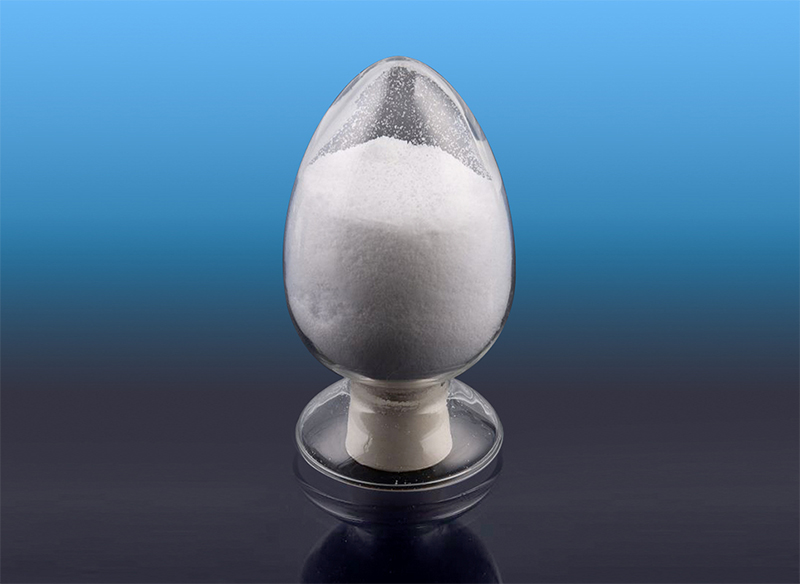Can polarized SEBS be part of a circular economy model?
Yes, polarized SEBS can potentially be part of a circular economy model, though there are several challenges and opportunities associated with its integration. The circular economy is based on principles of reducing waste, reusing materials, and recycling products at the end of their lifecycle. Here’s how polarized SEBS could fit into such a model:
1. Recycling and Reuse
Challenges: As previously mentioned, polarized SEBS may include additional additives or chemical modifications that could complicate its recyclability. The polarization process might alter the polymer's properties in a way that makes it less compatible with standard recycling streams.
Opportunities: If polarized SEBS is designed with recyclability in mind, manufacturers could explore ways to improve its compatibility with existing recycling systems. For example, by optimizing the polymer to be easily separated from other materials in mixed-product recycling streams, it could be reused in new products.
2. Material Recovery
Closed-Loop Recycling: In a circular economy, closed-loop recycling refers to the process of taking used products, breaking them down, and reusing the same material to create new products. Polarized SEBS, like other thermoplastic elastomers, can potentially be ground down and reprocessed into new materials, though this is dependent on the presence of additives or contaminants that may hinder the process.
Upcycling: Polarized SEBS could be upcycled into new, higher-value applications if the properties (like flexibility, durability, or UV resistance) remain intact after recycling. This might involve the use of recycled SEBS in different industries, such as automotive parts, medical devices, or consumer goods.
3. Design for Disassembly
To support a circular economy, products made with polarized SEBS can be designed in a way that allows for easy disassembly and separation of materials. This would allow for the recovery of SEBS and other components for reuse in future manufacturing processes.
For example, if a product made from polarized SEBS is modular or features separate components that are easy to detach, it can help streamline the recycling process at the end of life.

4. Sustainability in Production
Sustainable Sourcing: Manufacturers can integrate renewable or bio-based sources for the production of polarized SEBS, which would reduce its reliance on fossil fuels. This aligns with circular economy principles by reducing the environmental impact of raw material extraction.
Energy Efficiency: Implementing energy-efficient processes in the manufacturing of polarized SEBS, such as using less energy during polymerization or reducing heat waste, can contribute to the sustainability of the circular economy model.
5. Extended Product Lifespan
One of the key tenets of a circular economy is designing products for longer lifespans. Polarized SEBS, due to its excellent mechanical properties like flexibility, impact resistance, and weatherability, can contribute to durable products that last longer, thus reducing the need for frequent replacements and minimizing waste.
Products designed with polarized SEBS might be used in industries where long-term performance is crucial (e.g., automotive parts, medical devices), which would reduce the frequency of disposal and replace the "take-make-dispose" approach with a "use-maintain-reuse" approach.
6. End-of-Life Take-Back Programs
To close the loop, manufacturers can create take-back programs where consumers or businesses can return end-of-life products made with polarized SEBS for recycling or refurbishment. This would ensure that the material is returned to the supply chain rather than ending up in a landfill.
7. Collaborative Initiatives
Manufacturers of polarized SEBS could collaborate with other industries, such as waste management and recycling companies, to create infrastructure specifically designed to recycle SEBS-based products. Such collaboration could promote a circular economy ecosystem where the material is continuously cycled back into the production system.
Challenges to Overcome:
Additives and Contaminants: The chemical additives used during the polarization process can complicate recycling. If these additives are not easily separated, they could interfere with the material's recyclability and reduce the quality of recycled products.
Lack of Standardized Recycling Methods: Currently, there may not be established, standardized recycling systems specifically tailored to polarized SEBS. Research and development in this area could help make its inclusion in a circular economy more viable.





